15 Ways Snow Leopards Help Balance Mountain Ecosystems
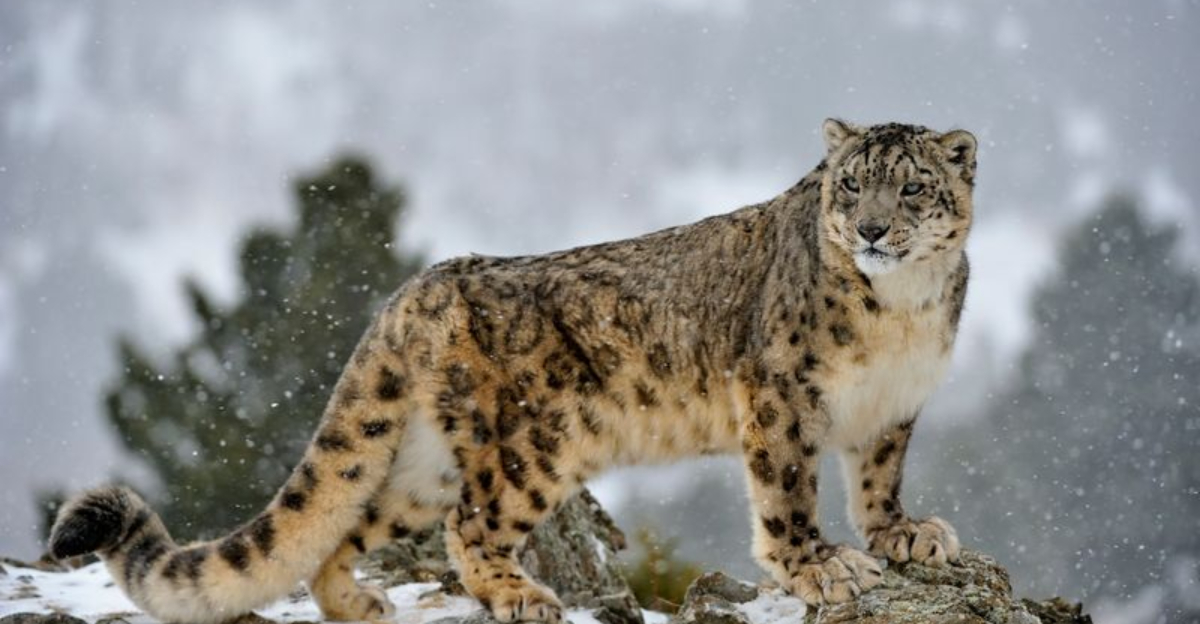
Imagine an artist carefully balancing colors on a canvas. Now picture a snow leopard doing the same, but with its environment.
These elusive creatures are not just charismatic; they play a critical part in maintaining mountain ecosystems.
1. Top Predator
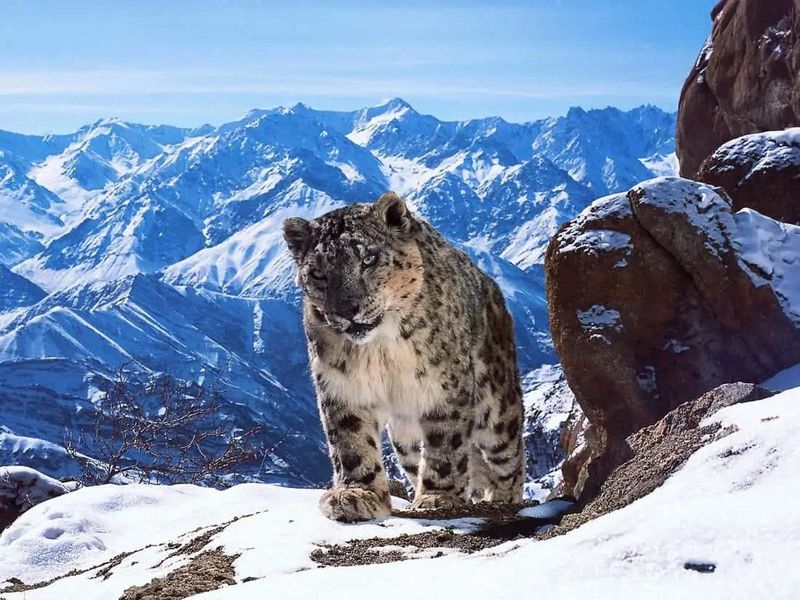
In the lofty heights where clouds kiss mountain peaks, snow leopards reign supreme as apex predators. Their presence is a linchpin that orchestrates the symphony of life amidst the crags.
By keeping the populations of their prey, like the nimble ibex and the agile blue sheep, in check, they ensure that no single species overshadows the rest.
2. Control Herbivore Populations
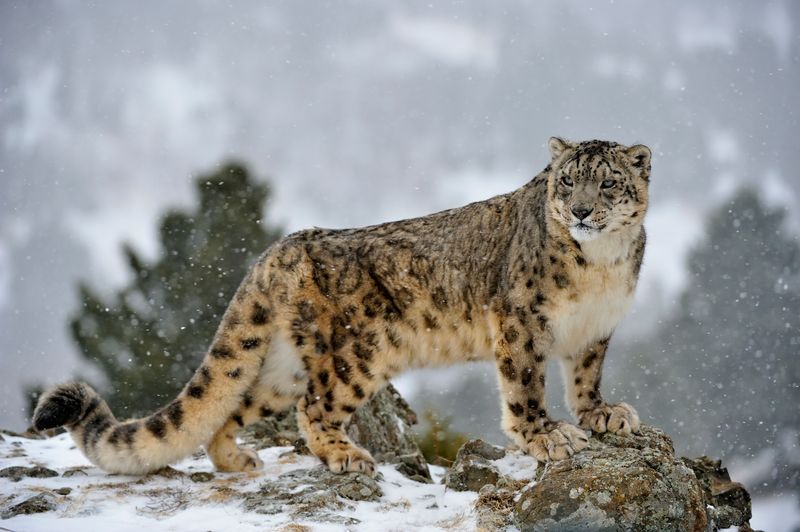
Think of the snow leopard as a natural gardener, trimming the excess to allow flourishing growth.
Without their watchful eyes and swift paws, herbivore populations could balloon, leading to overgrazed landscapes and barren grounds.
This regulation ensures that the mountain flora can flourish, providing habitat and nourishment for a myriad of other creatures in this dynamic ecosystem.
3. Regulate Smaller Carnivore Numbers
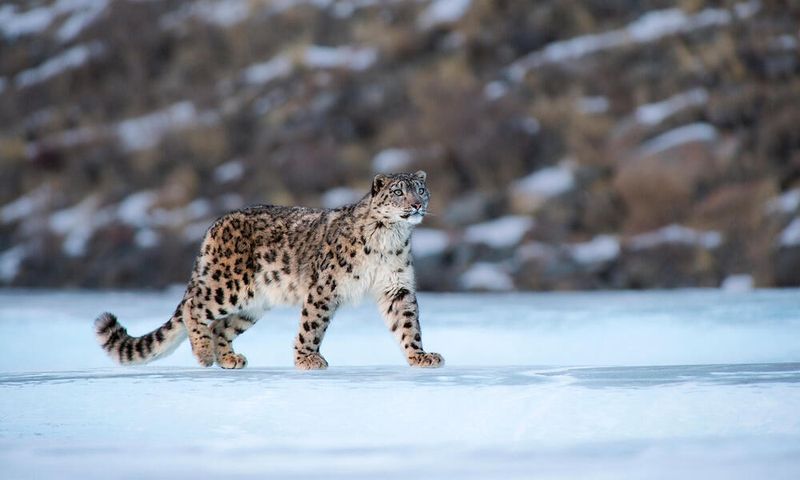
In the world of mountains, it’s a delicate dance of survival and coexistence.
Snow leopards, through their dominance, help regulate the numbers of smaller carnivores such as foxes and jackals. This ensures that these crafty creatures don’t overconsume resources, leaving enough for everyone.
This balance allows a diverse array of species to share the bounty of the mountains, from the smallest rodent to the soaring birds.
4. Prevent Overgrazing By Herbivores
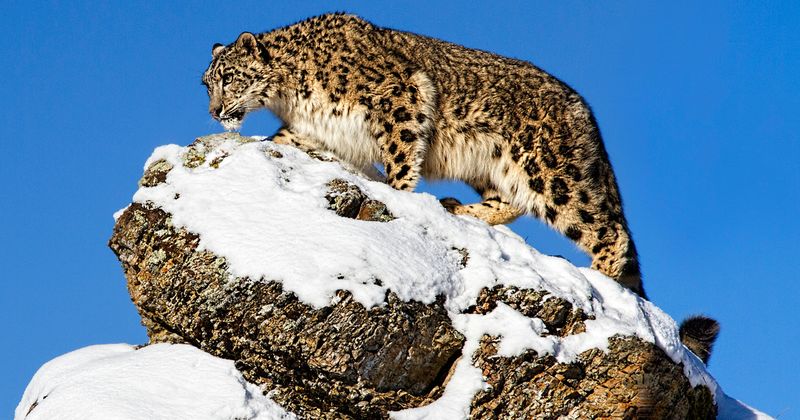
Imagine a librarian ensuring that all books are returned on time so everyone can read.
Snow leopards are like nature’s librarians, preventing overgrazing by keeping herbivores in line. They ensure that vegetation isn’t devoured entirely, allowing plant life to regenerate and sustain other wildlife.
This ecological vigilance means patches of green can dot the rugged landscape, offering sustenance to various creatures, from insects to birds.
5. Maintain Biodiversity
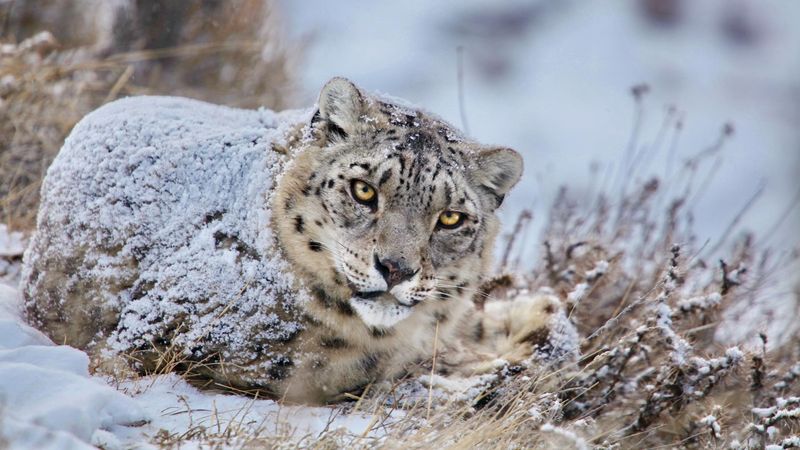
With the grace of a dancer and the precision of a surgeon, snow leopards maintain biodiversity.
Their presence ensures that no single species gains too much power, allowing a multitude of plants and animals to coexist.
This ecological balance resembles a colorful tapestry, where each thread plays a vital role in creating the grand design.
6. Affect Prey Behavior
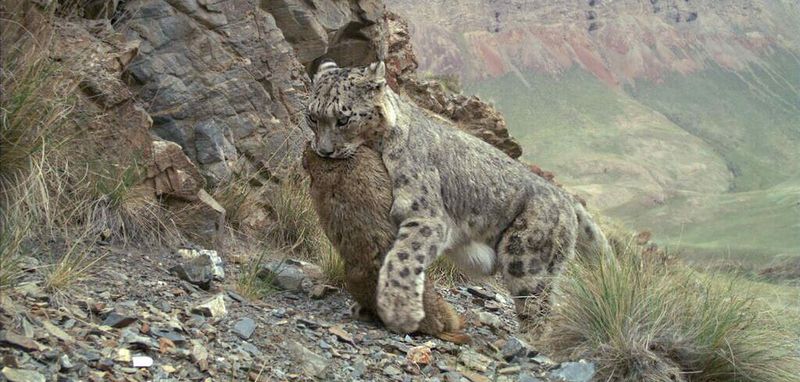
Like a shadow that looms but rarely strikes, the mere presence of snow leopards affects prey behavior.
These nimble cats encourage vigilance among their prey, such as marmots and blue sheep, preventing them from lingering too long in one spot.
This keeps the vegetation from being overgrazed and allows different areas to flourish.
7. Ensure Healthy Plant Growth
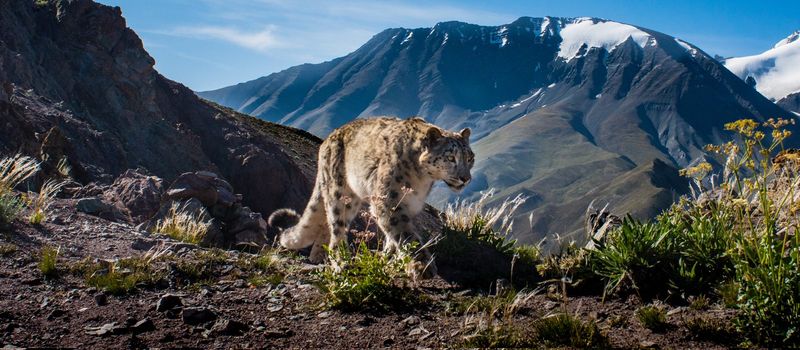
Consider the snow leopard a secret gardener of the mountains. By controlling herbivore populations, these majestic creatures indirectly nurture healthy plant growth.
When herbivores are kept in check, plants can grow dense and lush, decorating the mountains with vibrant life.
This results in a rich tapestry of greenery, which supports everything from the smallest beetle to the largest bird.
8. Promote Habitat Health
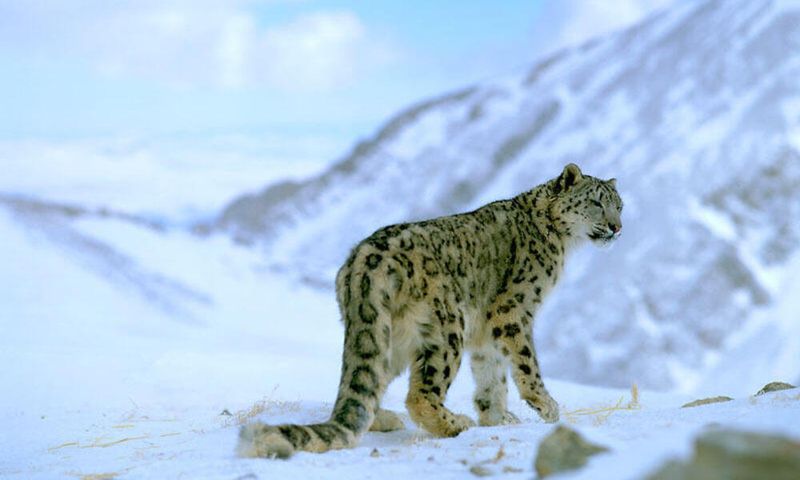
As the unsung heroes of the highlands, snow leopards promote overall habitat health.
Their predatory activities regulate the balance between herbivores, other carnivores, and plant life, preventing any single group from dominating the landscape.
This dynamic balance fosters a healthy environment where species can thrive in harmony. It’s akin to a well-tuned orchestra, where each note contributes to a melodious symphony.
9. Improve Prey Health
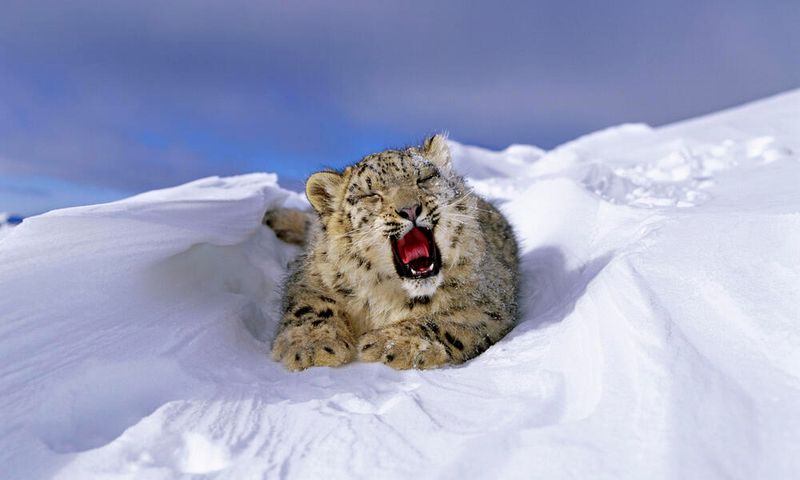
Snow leopards have an eye for spotting the outliers. By targeting weaker or older animals, they improve the overall health of prey populations like blue sheep and ibex.
This natural selection process ensures that the fittest individuals survive to pass on their genes.
Think of it as nature’s way of ensuring quality over quantity, keeping prey populations robust and resilient.
10. Support Scavengers

Leftovers for us, a feast for others. When snow leopards leave behind carcasses, they provide a vital food source for scavengers like vultures and foxes.
This not only supports other creatures but also contributes to the nutrient cycle of the ecosystem.
It’s like a grand buffet where nothing goes to waste, ensuring that every part of the meal is enjoyed.
11. Help Maintain The Food Chain
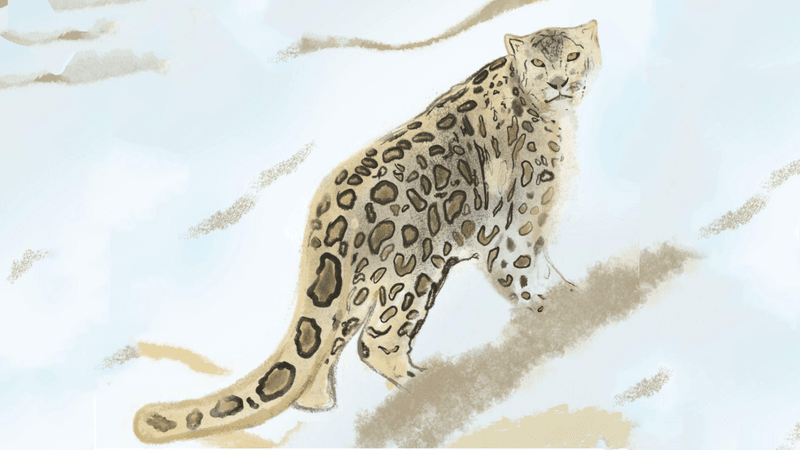
Like a pivotal piece in a complex puzzle, snow leopards help maintain the food chain. Their role ensures that each level of the food web is balanced, from the tiniest plant to the largest mammal.
This balance is crucial for the stability of the ecosystem, allowing energy to flow smoothly through the different levels.
By maintaining this hierarchy, snow leopards contribute to the resilience and adaptability of their mountainous homes, ensuring every creature has its place in the grand scheme of life.
12. Protect Small Mammals
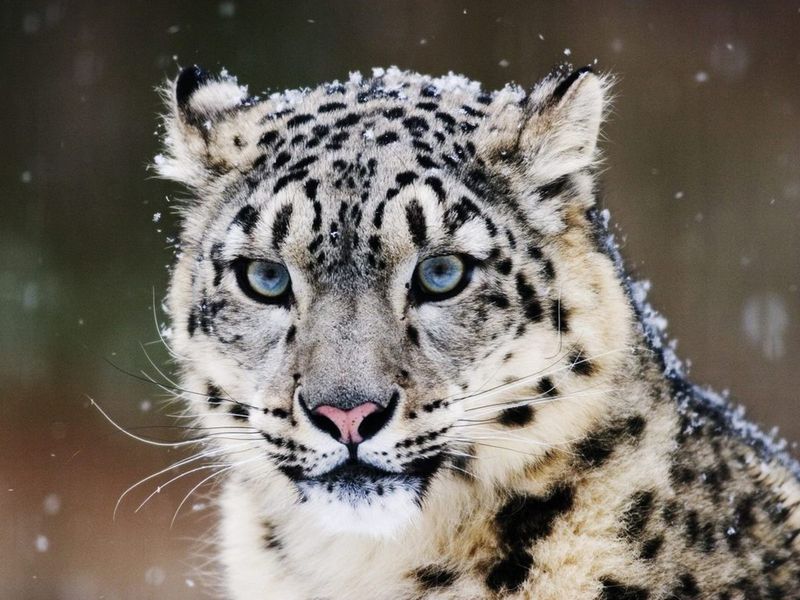
Snow leopards, despite their size, have a soft spot for the little guys.
Regulating large herbivore populations helps them inadvertently protect smaller mammals such as pikas and marmots from being overwhelmed by grazing pressures.
This protective role ensures that these small creatures have enough resources and space to thrive.
13. Influence Migration Patterns
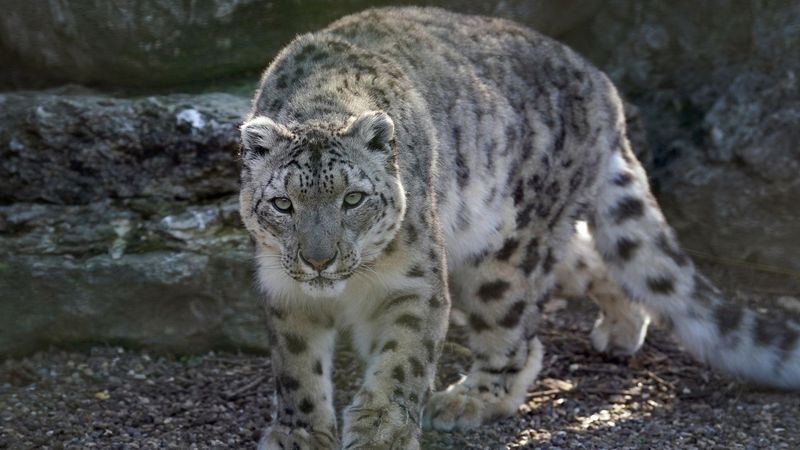
Snow leopards have a way of subtly guiding the migration patterns of their prey.
Their presence can influence where and when species like blue sheep decide to move, ensuring that certain areas aren’t overgrazed or disrupted.
This natural guidance helps maintain the delicate balance of the ecosystem, allowing different regions to recover and thrive.
14. Inspire Ecotourism And Conservation Funding
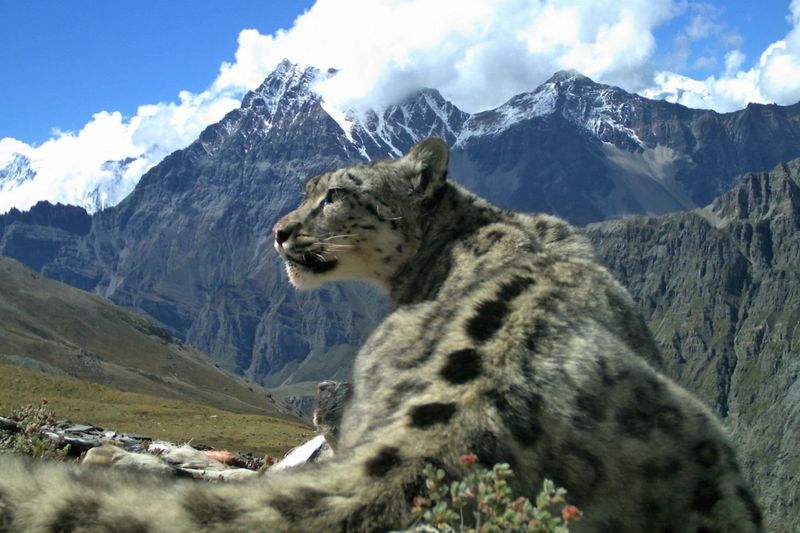
With their striking beauty and elusive nature, snow leopards have the power to draw people from around the globe.
Their status as an endangered species attracts ecotourism and conservation funding, highlighting the importance of their preservation.
This attention not only benefits the snow leopard but also channels resources and awareness towards the entire mountain ecosystem.
15. Promote Ecosystem Resilience
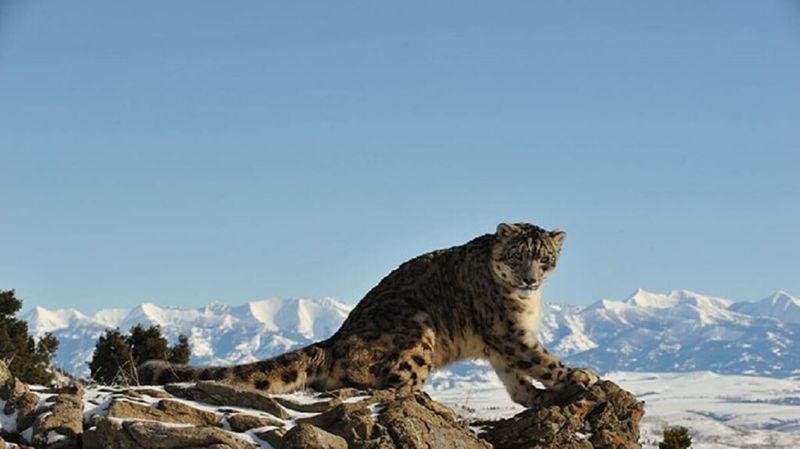
Snow leopards are like the secret architects of resilience in mountain ecosystems. By maintaining balance among various species, they help create an environment that can withstand changes and challenges.
This ecological resilience ensures that the mountains continue to support life, adapting to seasonal shifts and external pressures.






